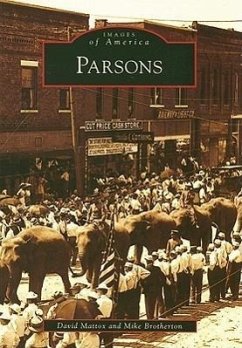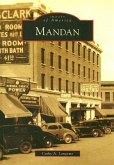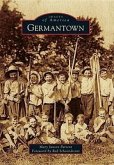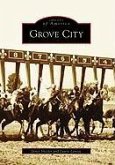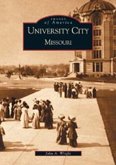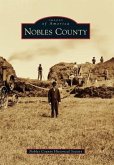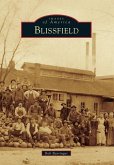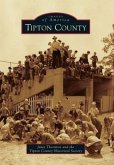Parsons, located in southeast Kansas, owes its existence to the railroad. When the first Missouri-Kansas-Texas Railroad locomotive reached the southern border of Kansas in June 1870, the railroad won two prizes, the coveted right to build across Oklahoma Indian Territory and the right to acquire extensive land grants in the territory. The fall of the same year, railroad executives selected a site for a major junction and terminal. The Parsons Town Company sold its first lots in 1871 at Parsons Junction, named for railroad president Judge Levi Parsons. Because of the townas phenomenal growth, it soon earned the title of aInfant Wonder of the West.a The photographs contained in this book, including some of the earliest known of Parsons, serve as testimony to the energies and ingenuity of early settlers. These images also depict the development of Parsons-on-the-Prairie and its transformation from frontier town to the aQueen City of the Great Southwest.a
Hinweis: Dieser Artikel kann nur an eine deutsche Lieferadresse ausgeliefert werden.
Hinweis: Dieser Artikel kann nur an eine deutsche Lieferadresse ausgeliefert werden.

